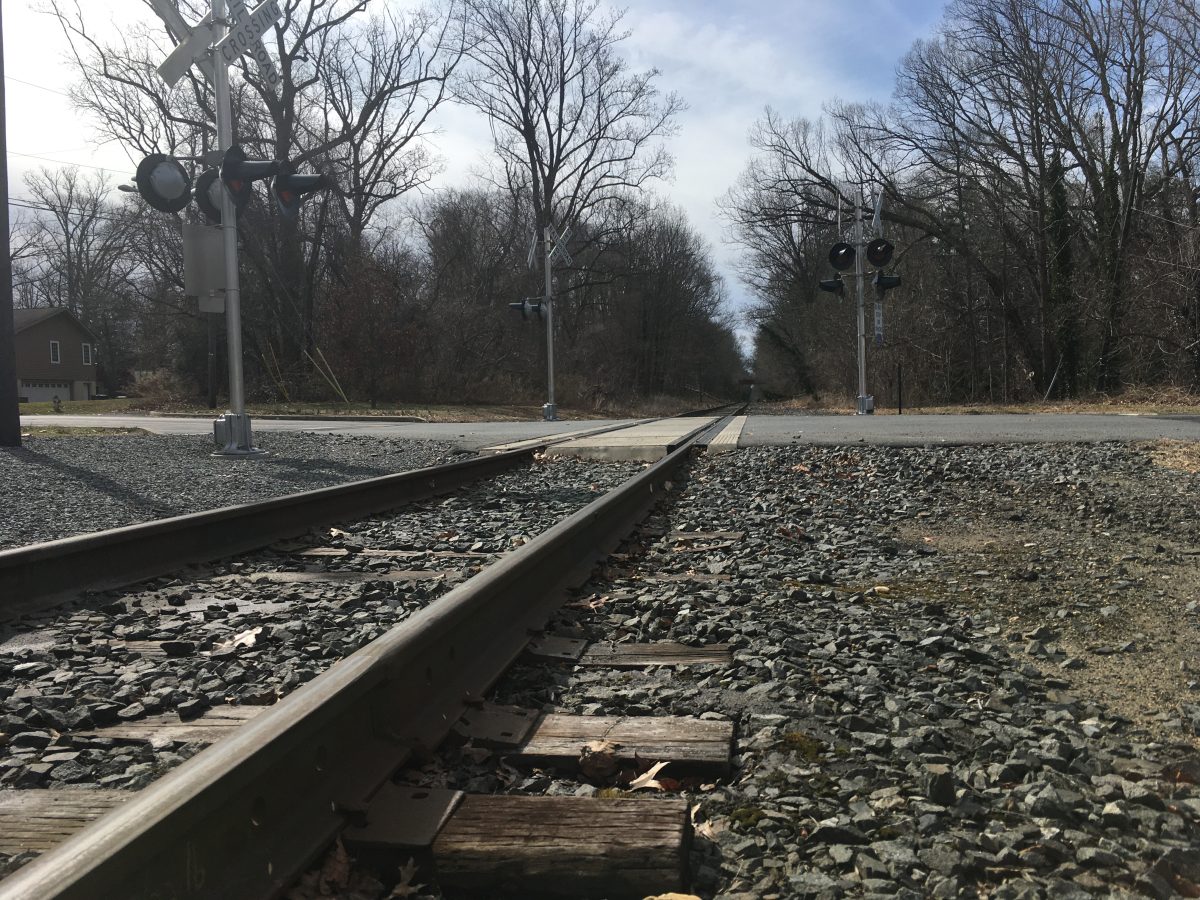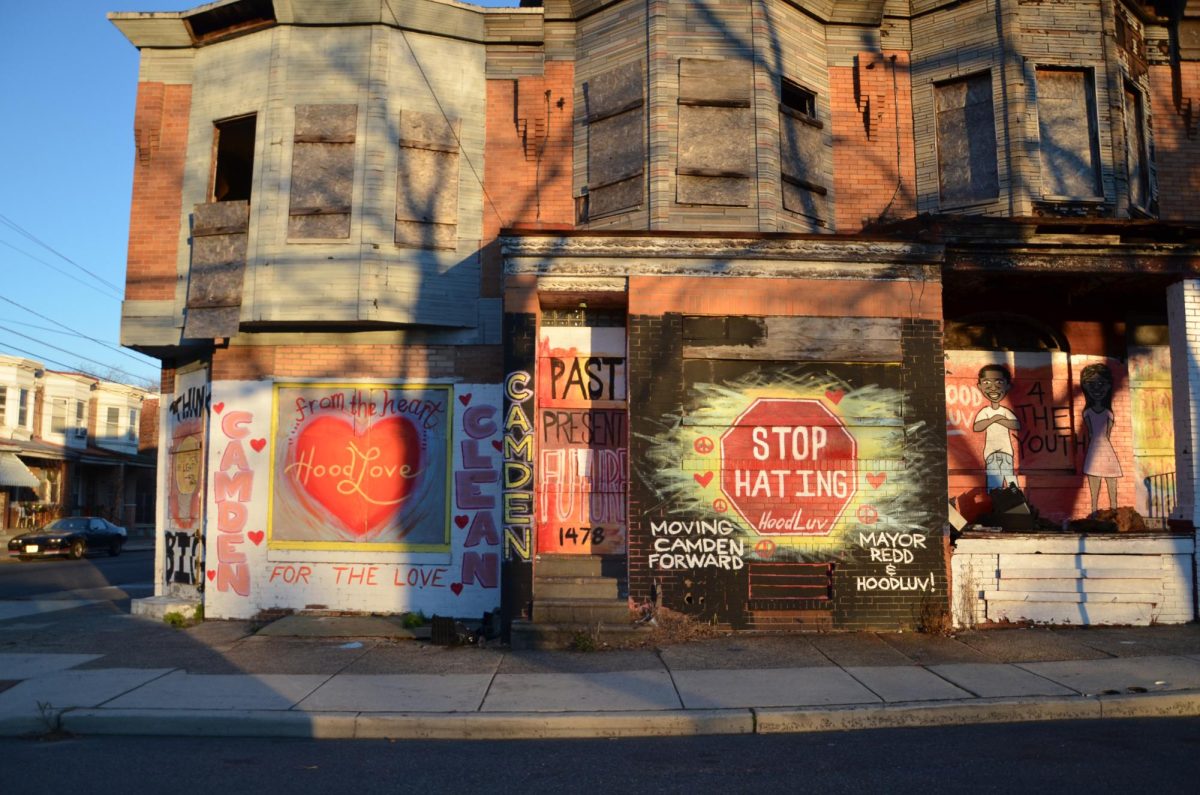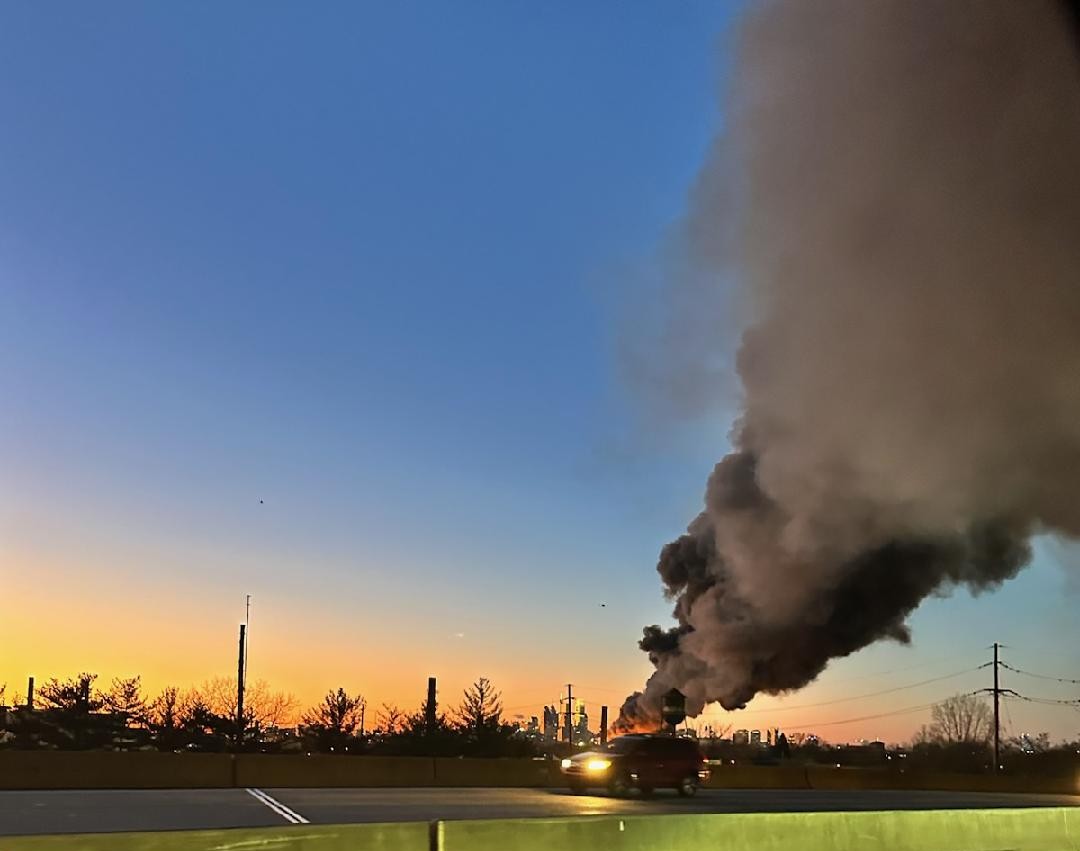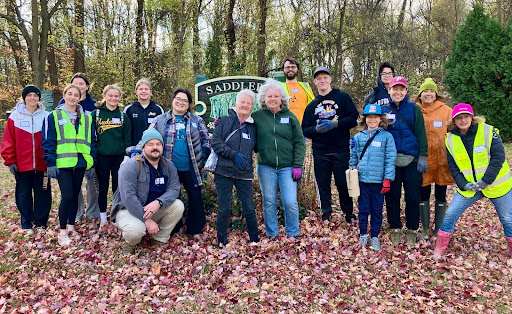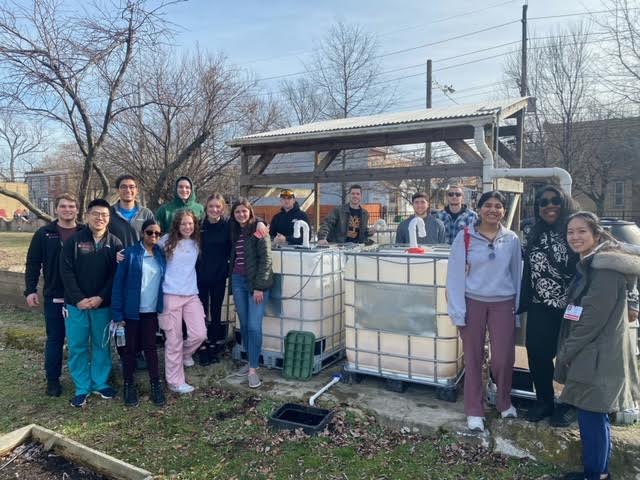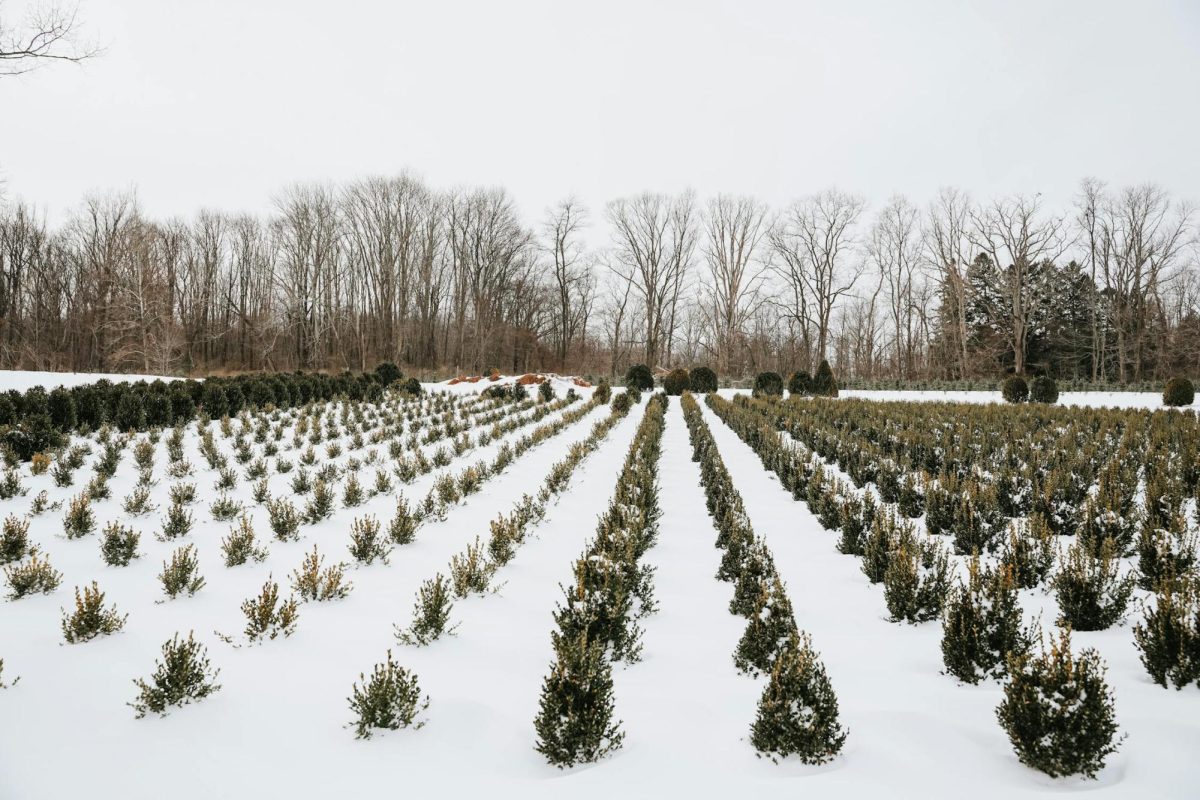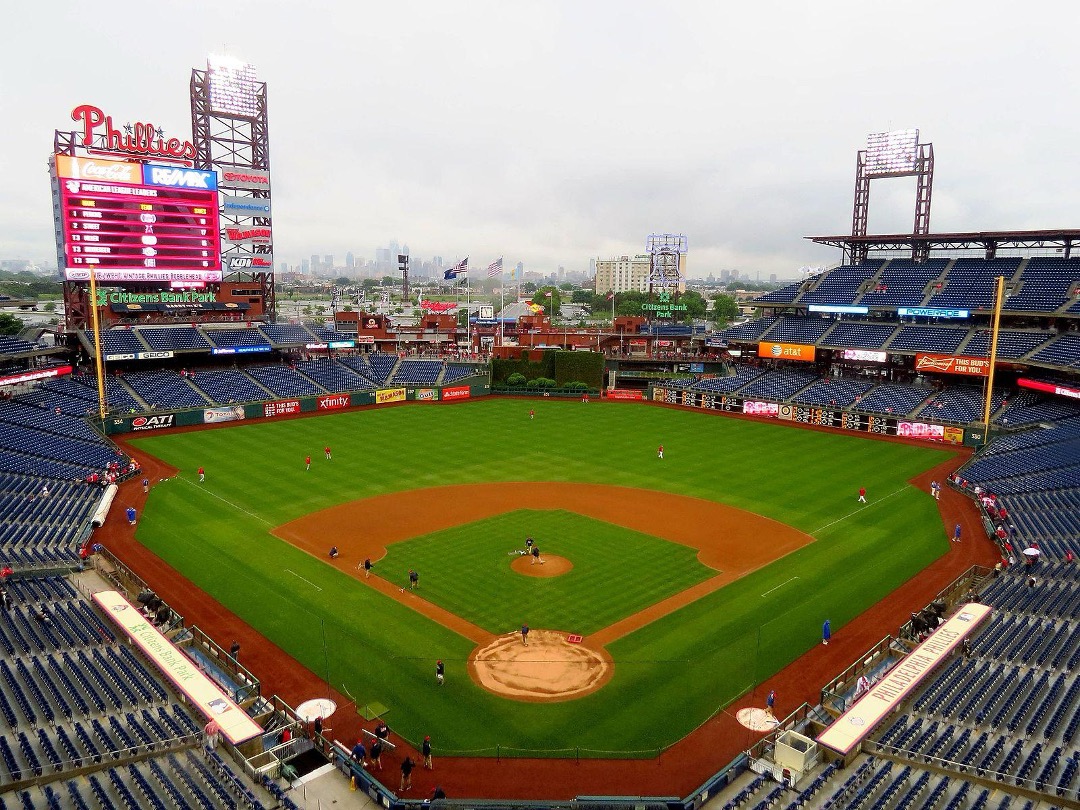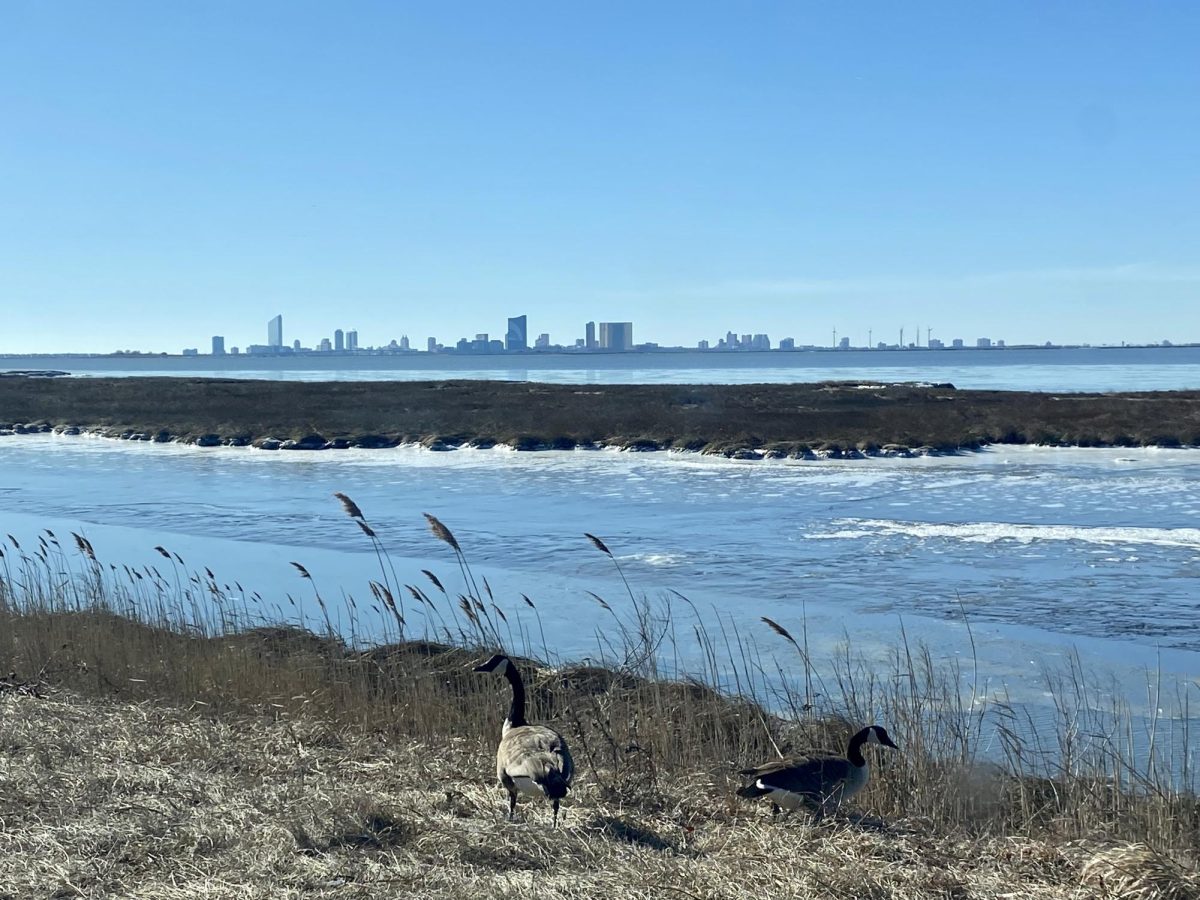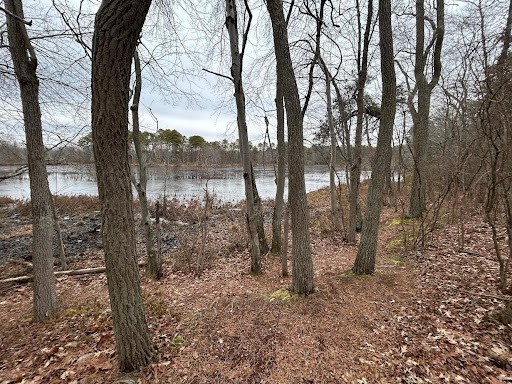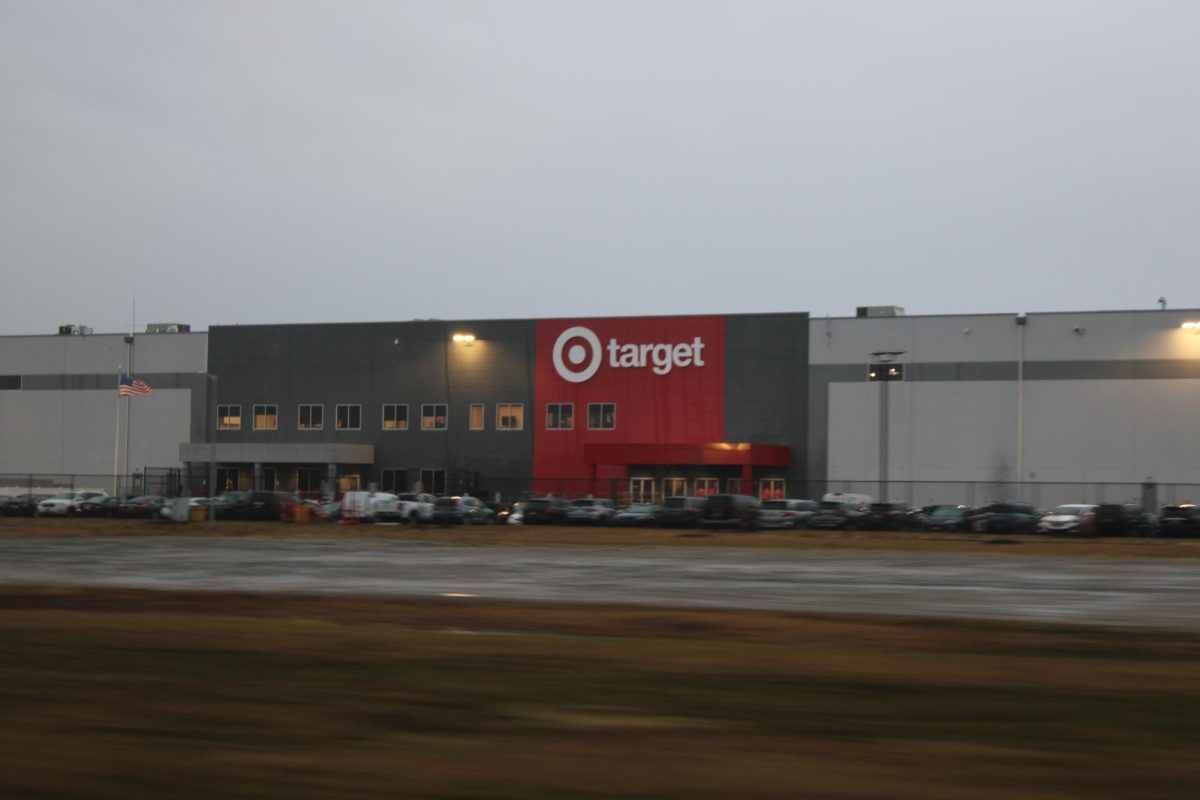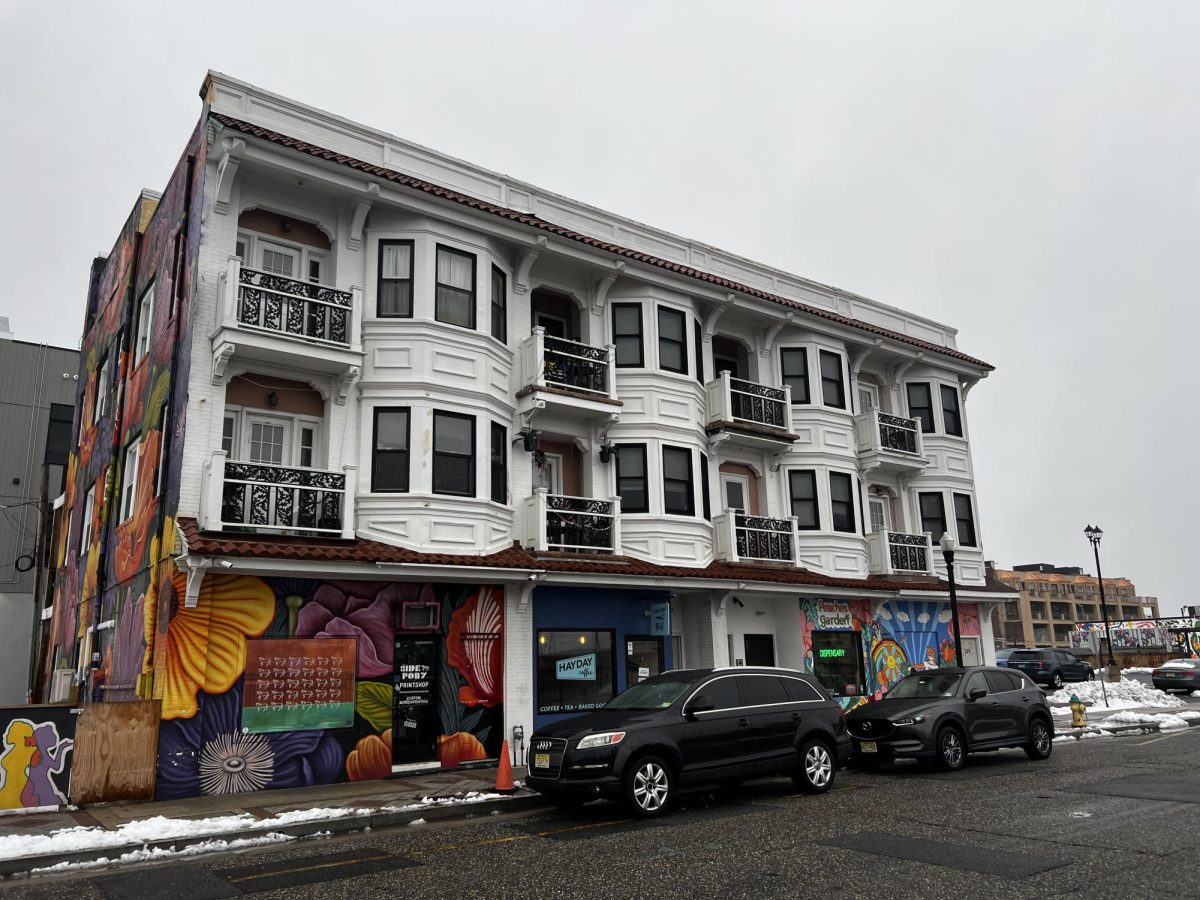By Amanda Bingham
The Glassboro-Camden Line in February released its Final Environmental Impact Statement (FEIS), receiving a mix of approval and skepticism, as public opinion on the project grows increasingly divided.
Some issues that residents in communities along the GCL have raised include the disruption of traffic patterns, pedestrian safety, noise, and local species habitat loss. One Pitman resident, who requested to remain anonymous for this article, said that she thinks the rail line is a good idea, but she has mixed feelings about it.
“Overall, I like the idea of a light rail metro-type resource, given the way Gloucester county has grown, so in that sense I’m not opposed to it,” she said. “But it really has to be done right or it will destroy our community feel.”
A growing number of residents echo concerns that are similar to those of the Pitman resident, though the resident also shared that, at this point in the process, “I’ve resigned myself to the fact that it’s going to happen.”

The 18-mile proposed Glassboro-Camden light rail line is a major expansion of public transportation in South Jersey, as well as an effort to reduce the region’s carbon footprint. The line will provide passenger rail service along existing commercial infrastructure in an area that largely relies on automobiles, with stops in Glassboro, Pitman, Sewell, Mantua Township, Deptford Township, Wenonah, Woodbury Heights, Woodbury, Westville, Brooklawn, Gloucester City, and Camden.
Traffic congestion is a problem in South Jersey on highways and in residential areas, and transportation was the leading producer of New Jersey’s greenhouse gas emissions in 2018, accounting for 40.6% of emissions. According to the United States Environmental Protection Agency, increasing public transit use and transitioning to more lightweight and electric vehicles is a priority when it comes to reducing greenhouse gas emissions from transportation.
The GCL Project Team has held a number of public hearings throughout the project’s development for residents to voice their concerns, including two virtual hearings in November 2020.
“I have a lot of reservations in terms of the community, the kids, the crime… environmentally there could be some damage to areas the bald eagles are hanging out in and some of our endangered bat species,” they said.
The FEIS identifies three federally-listed threatened or endangered species potentially affected by the proposed GCL: the Atlantic Sturgeon, Shortnose Sturgeon, and the Northern Long-Eared Bat. According to the report, “while there are no known maternity or hibernacula sites documented within Camden or Gloucester counties, surveys conducted in the summer of 2017 confirmed Northern Long-Eared Bats occur within the natural resources study area in several locations.” The report also proposes measures to mitigate effects on bat habitat such as minimizing tree clearing in areas where bats may be present.
The FEIS also lists six state-listed threatened and endangered species, including five bird species: the bald eagle, American kestrel, peregrine falcon, barred owl, and red-shouldered hawk, as well as one plant species, the shingle oak, as potentially affected.
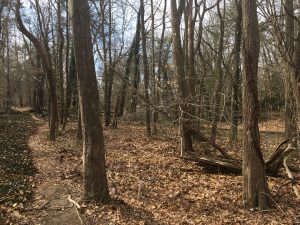
According to the report, there is no evidence of bald eagle nesting habitat that may be affected by the GCL, “However, potential wintering and foraging habitat for the bald eagle is associated with Newton Creek, Little Timber Creek, Big Timber Creek, Woodbury Creek, and Mantua Creek,” a total of approximately 3.63 acres of bald eagle foraging habitat within the Lease Outline Drawing (LOD). “The significance of this impact will be determined during agency coordination, and mitigation will be developed as appropriate,” the report states.
The shingle oak, a state-endangered species, is unique to New Jersey, and can be found in the Wenonah Ravine Natural Heritage Priority Site.
“I think that the main impact that I can see from the EIS is that there will be the loss of some trees that are currently growing in the rail embankment. One of our trails, the Mantua Creek trail, runs adjacent to that embankment,” said Scott Barnes, chair of the Wenonah Environmental Commission. Barnes has studied the FEIS and participated in talks between local organizations and GCL transportation experts.
According to the FEIS, “The proposed GCL would result in the loss of approximately 1.59 acres of forested habitat within the Wenonah Ravine site.” This potentially includes habitat of the shingle oak. Barnes expressed that he found the 1.59 acres number “alarming,” but feels “optimistic” that rail line engineers will take measures to identify and protect any shingle oaks on the site, citing a 2010 project to replace the railway bridge across Mantua Creek.

“We had some concerns as the Environmental Commission that that would be a very disruptive activity,” Barnes said, “but honestly the rail line did a very nice job and was very careful to take down the minimum amount of vegetation. And now, ten years later, trees are growing again and vegetation is growing again and things are back to normal.”
As with Pitman, there are a number of residents of Wenonah who oppose the GCL. Some houses along North East and North West Avenues, which run alongside the existing rail embankment and the Historic Wenonah Railroad Station, have signs posted which read, “Say NO to GCL.”
For some, the resistance stems not from the idea of the GCL as a whole, but of having a stop in town. A station in the Uptown Pitman area is planned to be built between East Holly and Pitman Avenues, on the existing tracks parallel to Commerce Avenue.
Pitman residents are concerned about how the commuter train will affect pedestrian safety near the busy Broadway main street.
“We’ve got a ton of people who are walking their dogs, who are walking their children back from school—all of the things I do, also—we won’t be able to do them with the train,” a Pitman resident said.

Another two GCL stops have been proposed for Rowan University’s campus, one walk-off station next to Business Hall, and a terminus in downtown Glassboro with ride-and-share parking. Joe Cardona, Vice President for University Public Relations, explained in an interview how a light rail line would facilitate travel for student and professional commuters.
“For jobs and as well for internships it changes everything,” he said. “Right now, if you don’t have a car, it’s really hard to get an internship. As a student, [the GCL] opens up opportunities all the way to Camden, and actually all the way to Trenton.”
Along with improving travel for local commuters, New Jersey Transit has promoted the GCL for its potential to reduce greenhouse gas emissions in New Jersey in the long-term, due to a decrease in automobile traffic. According to the FEIS, the GCL is projected to increase greenhouse gas emissions by 1%, compared to a scenario without a local commuter rail line.
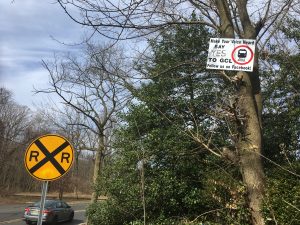
This projection accounts for both the reduction of emissions from reduced traffic and “the additional emissions from the operation of the proposed GCL itself.” However, the report also notes that this estimate is based on the assumption that the trains will run on standard diesel, and that “cleaner burning fuel options… could be explored during project implementation.”
Currently, two of New Jersey Transit’s light rail systems, the Hudson-Bergen and Newark light rail lines, consist of electric rail vehicles. The River Line, which the GCL will be an extension of, consists of all diesel-powered vehicles.
With the publication of the FEIS, the GCL project is set to move into its next phase, “preliminary engineering design and project management,” with a commitment of $200 million in funding by the The South Jersey Transportation Authority (SJTA), according to a GCL press release. While there is no date yet for when construction of the GCL will begin, future stages will likely provide more details about the project, including a decision on a vehicle fuel type.


